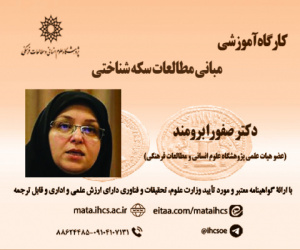Cross-Cultural Analysis of Turn-Taking Patterns in Iraqi Arabic and American English Conversations: A Focus on Gender and Age (مقاله پژوهشی دانشگاه آزاد)
درجه علمی: علمی-پژوهشی (دانشگاه آزاد)
منبع:
international Journal of Foreign Language Teaching & Research, Volume 12, Issue 51, Winter 2024
حوزههای تخصصی:
doi:
10.71962/jfl-1196957
شماره صفحات:
۱۶۱ - ۱۷۳
دریافت مقاله
تعداد دانلود :
۷۱









